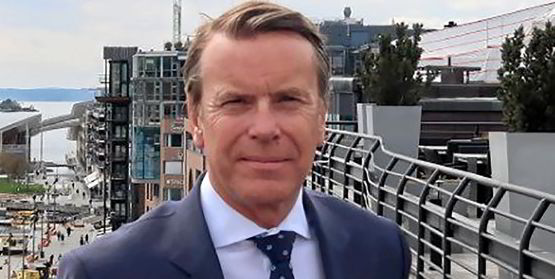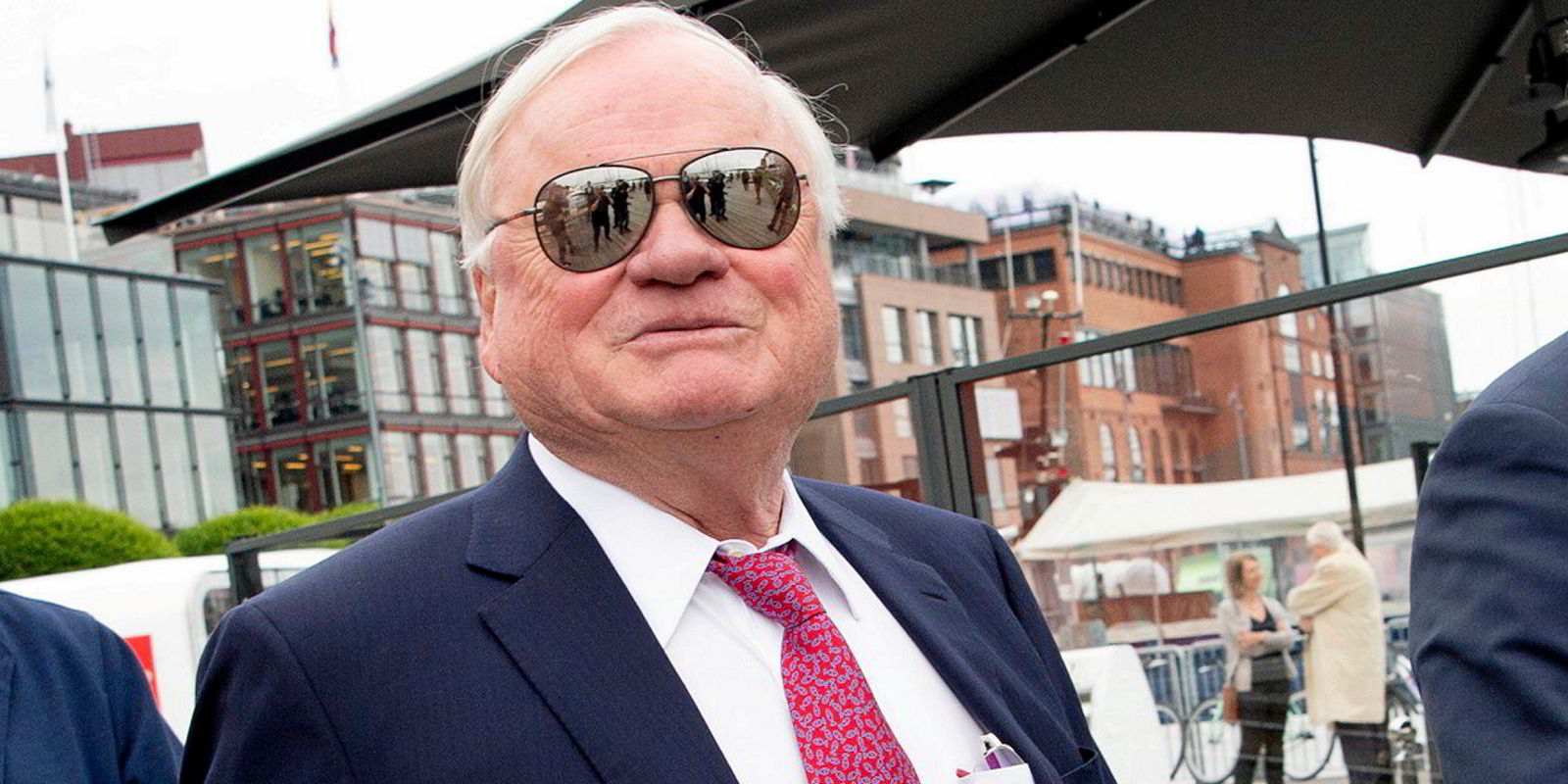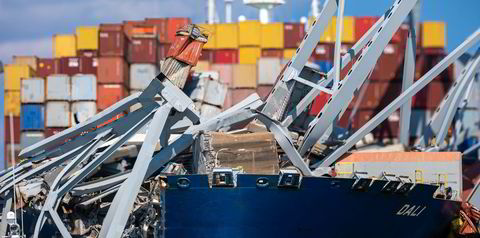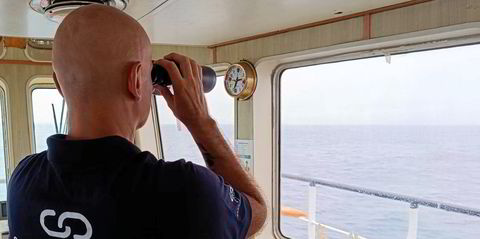Spot rates for VLCCs increased sharply this week in the latest sign of the beleaguered sector emerging from the doldrums of the pandemic.
Broker Howe Robinson reported time charter equivalent rates topping $40,000 per day for eco-designed ships on three key routes, up from $22,000 to $27,000 a week earlier.
The Baltic Exchange’s VLCC TCE weighted average was also up sharply to $13,150 per day on Tuesday, just 11 days after rising above zero for the first time in 19 months.
Analysts warned that gloomy economic data for China — critical to the prospects of VLCCs — could dampen expectations.
VLCCs transport about 85% of Chinese seaborne crude imports, according to French broker Barry Rogliano Salles.
But the latest rising spot rates built on months of positive momentum in 2022.
“It’s the sharpest rise in VLCC spot rates since February, when we saw a brief spike,” said Kpler senior freight analyst Matthew Wright.
The sector had seen increased profitability from falling bunker prices that have now stabilised, he said. “Negative news around China has not filtered through to tankers yet.”
Analysts at DNB Markets say the recovery has solid foundations and estimated that VLCCs should be earning more than $41,000 per day next year, rising to $60,000 per day by 2025.
The chief executive of Frontline Management, Lars Barstad, pointed to data showing improved rates for three-year time charters for VLCCs.
“It’s quite a definitive sign of tides turning when the big boyz (Traders, Oilco’s and NOC’s) are there to pay significantly up for [three-year] commitments,” he wrote on Twitter.
“If you wonder why tankers, and in particular the VLCC is on the move, US oil exports are firing a sizeable volley of molecules.”
US crude exports reached a record high of 3.5m barrels per day for July — a year-on-year increase of one-third — with increased volumes heading to Asia, according to energy data analyst Vortexa.
Rising spot rates
Wright said the three-year charters indicated that charterers are expecting continued volatility and “people are expecting spot rates to keep rising”.
The VLCC segment has been hampered by a lack of demand from China, with continued Covid-related lockdowns and the reshuffling of global oil trading patterns following Russia’s invasion of Ukraine.
Many developed countries have spurned Russian oil for other sources, and China and India have picked up their imports, moves that favoured aframaxes and suezmaxes.
Brokers said the limited capacity for smaller vessels allowed VLCCs to cash in on the rising demand for oil as the world emerges from the pandemic.
Howe Robinson said improved rates for shipments in the US Gulf have fed through to cargoes out of West Africa.
While the Mediterranean and the Black Sea is not as active, “owners do now have a few options open to them”, it said in a daily note.





